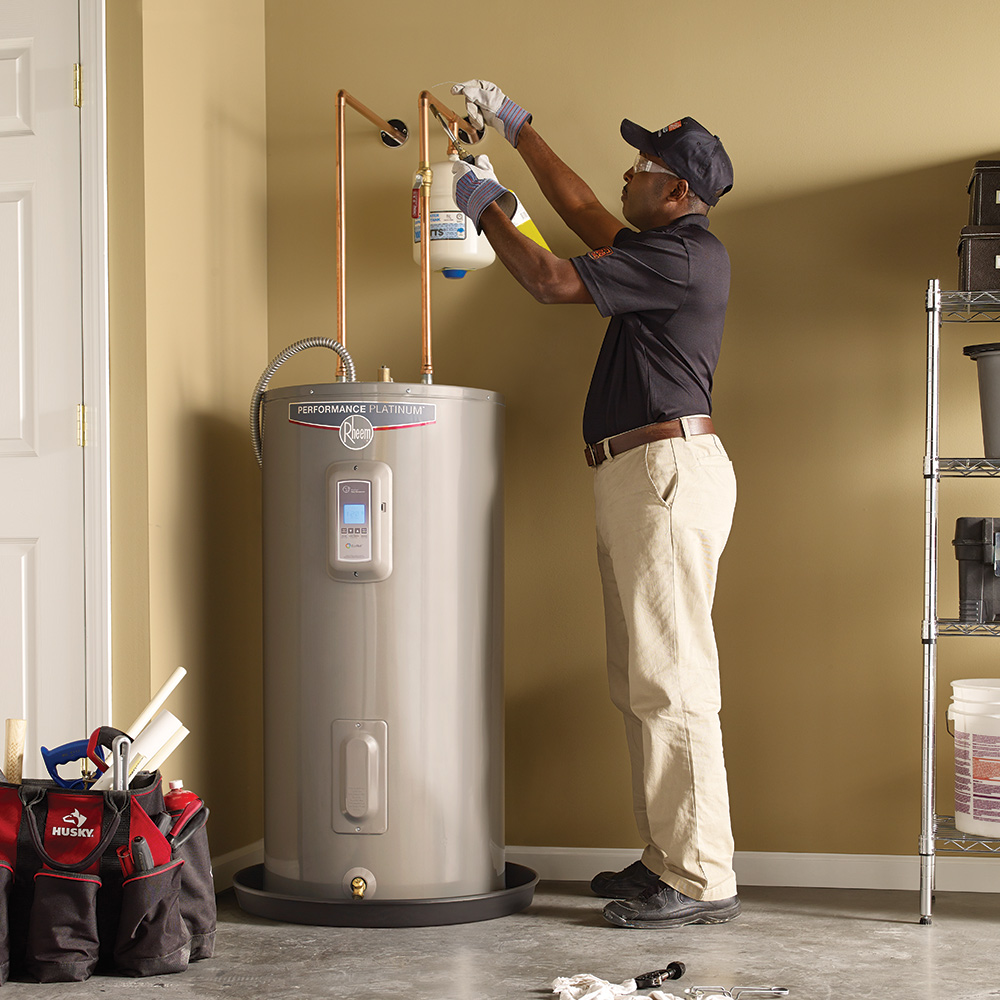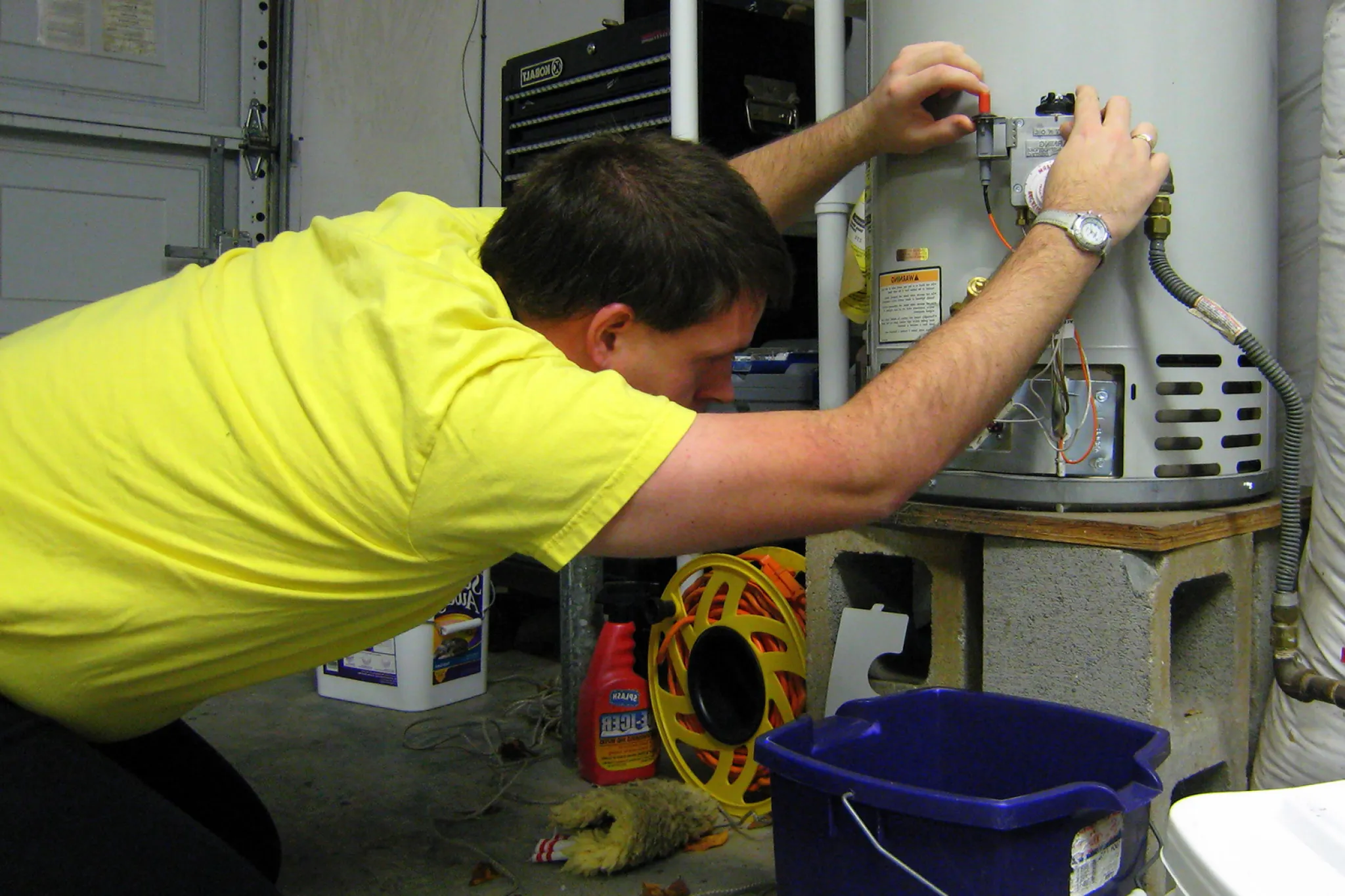Simple Ways to Care for Your Home's Hot Water System Effectively
Simple Ways to Care for Your Home's Hot Water System Effectively
Blog Article
We've unearthed this great article about How to Maintain a Hot Water Heater in a Few Simple Steps listed below on the internet and believe it made perfect sense to quickly share it with you on this page.

Warm water is vital for daily convenience, whether it's for a revitalizing shower or washing recipes. To ensure your warm water system runs effectively and lasts longer, regular upkeep is essential. This article supplies useful pointers and understandings on exactly how to maintain your home's warm water system to stay clear of disturbances and expensive repair services.
Introduction
Preserving your home's hot water system might seem daunting, yet with a couple of basic steps, you can ensure it runs efficiently for many years to find. This overview covers whatever from comprehending your hot water system to DIY maintenance pointers and recognizing when to call specialist aid.
Relevance of Keeping Your Warm Water System
Normal upkeep not only prolongs the lifespan of your hot water system but also guarantees it operates efficiently. Neglecting maintenance can result in decreased efficiency, higher power costs, and also premature failure of the system.
Indicators Your Hot Water System Needs Upkeep
Knowing when your warm water system needs focus can stop significant problems. Watch out for signs such as inconsistent water temperature level, unusual sounds from the heating unit, or corroded water.
Purging the Water Heater
Flushing your hot water heater eliminates debris accumulation, boosting performance and lengthening its life.
Checking and Replacing Anode Rods
Anode poles protect against rust inside the storage tank. Inspecting and changing them when worn is vital.
Complicated Concerns Calling For Professional Assistance
Instances include major leaks, electric troubles, or if your hot water heater is regularly underperforming.
Routine Professional Maintenance Benefits
Specialist maintenance can include thorough evaluations, tune-ups, and making sure conformity with safety standards.
Evaluating and Readjusting Temperature Level Setups
Adjusting the temperature level setups ensures optimum efficiency and safety.
Do It Yourself Tips for Maintenance
You can perform a number of upkeep tasks on your own to maintain your hot water system in top condition.
Checking for Leaks
Frequently inspect pipelines and connections for leaks, as these can result in water damage and higher costs.
Comprehending Your Warm Water System
Before diving right into maintenance jobs, it's useful to recognize the fundamental parts of your hot water system. Typically, this consists of the water heater itself, pipes, anode poles, and temperature level controls.
Regular Monthly Maintenance Tasks
Routine monthly checks can aid catch small problems before they escalate.
Examining Stress Relief Valves
Testing the stress safety valve ensures it functions correctly and avoids extreme pressure accumulation.
Insulating Pipelines
Shielding warm water pipes decreases heat loss and can save energy.
When to Call a Professional
While DIY upkeep is valuable, some concerns call for expert know-how.
Verdict
Routine upkeep of your home's warm water system is vital for efficiency, longevity, and price financial savings. By following these pointers and recognizing when to look for specialist help, you can ensure a reputable supply of warm water without unforeseen interruptions.
How to Maintain an Instant Hot Water Heater
Before tinkering with your hot water heater, make sure that it’s not powered on. You also have to turn off the main circuit breaker and shut off the main gas line to prevent accidents. Also turn off the water valves connected to your unit to prevent water from flowing into and out of the appliance. 2. When you’re done, you have to detach the purge valves’ caps. These look like the letter “T†and are situated on either side of the water valves. Doing so will release any pressure that has accumulated inside the valves while at the same time avoid hot water from shooting out and burning your skin. 3. When the purge valves’ caps are removed, you have to connect your hosing lines to the valves. Your unit should have come with three hoses but if it didn’t, you can purchase these things from any hardware or home repair shops. You can also get them from retail stores that sell water heating systems. Read the user’s manual and follow it to complete this task properly. When the hosing lines are connected, open the purge port’s valves. 4. You should never use harsh chemical cleaners or solutions when cleaning your unit. Make use of white vinegar instead. It should be undiluted and you’ll probably use about 2 gallons. 5. Now flush your water heater. This task should probably take about 40 minutes. We can’t give you specific directions for this because the procedure is carried out depending on the type, model and brand of your heater. With that being said, refer to the user’s manual. 6. When you’re done draining the unit, you have to turn off the purge port valves again. Remove the hosing lines that you earlier installed on each of the water valves. Put the valve caps (purge port) back in their respective places and be very careful so as not to damage the rubber discs that are found inside these caps. 7. Now that everything’s back in place, check your user’s manual again to find out how to reactivate your water heating system. 8. Once it is working, turn one of your hot water faucets on just to let air pass through the heater’s water supply pipes. Leave the tap on until water flows smoothly out of it. https://www.orrplumbing.com/blog/2014/september/how-to-maintain-an-instant-hot-water-heater/

As a passionate reader on How to Maintain a Hot Water Heater in a Few Simple Steps, I thought sharing that excerpt was a good idea. Liked our article? Please share it. Let others check it out. Thank-you for your time invested reading it.
Book A Free Estimate Report this page